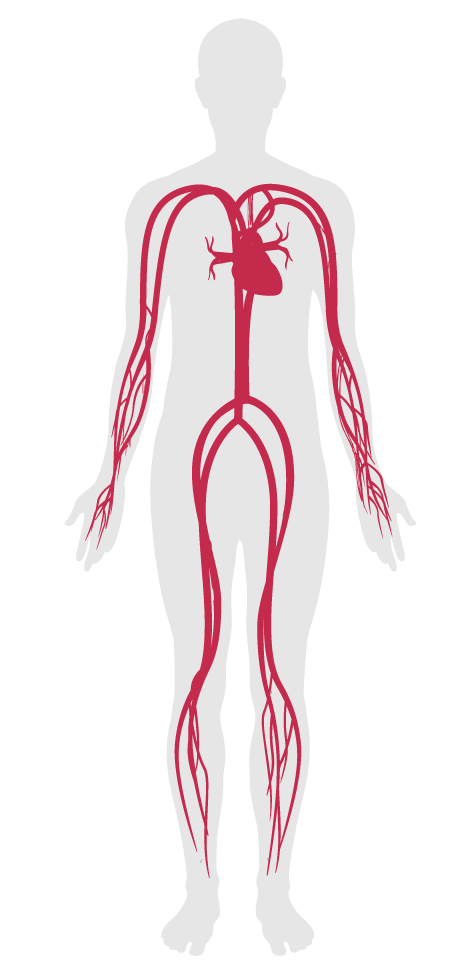Self-monitoring
- 84 Health and wellness awareness
- 85 Integrative design
- 86 Post-occupancy surveys
- 87 Beauty and design I
- 88 Biophilia I - qualitative
- 89 Adaptable spaces
- 90 Healthy sleep policy
- 91 Business travel
- 92 Building health policy
- 93 Workplace family support
- 94 Self-monitoring
- 95 Stress and addiction treatment
- 96 Altruism
- 97 Material transparency
- 98 Organizational transparency
- 99 Beauty and design II
- 100 Biophilia II - quantitative
- P5 Health through housing equity
- P6 Education space provisions
94. Self-monitoring
To promote awareness of individual biomarkers associated with health and wellness.
Self-monitoring devices that accurately observe and quantify changes to the body over time show promise in promoting awareness of one’s health status. These technologies can provide a powerful tool for gaining personal insight into the physiological states of the body, thereby encouraging positive behavioral and lifestyle changes. Monitoring food intake, weight and physical activity is a proven behavior therapy technique that can aid in weight loss and weight maintenance programs, promoting improved health and well-being.
A sensor capable of measuring at least 2 of the following parameters is made available to each occupant for his/her personal use and is subsidized by at least 50%:

Applicability Matrix
| Core & Shell | New & Existing Buildings | New & Existing Interiors | |
|---|---|---|---|
| Part 1: Sensors and Wearables | - | O | O |
| Commercial Kitchen | Education | Multifamily Residential | Restaurant | Retail | |
|---|---|---|---|---|---|
| Part 1: Sensors and Wearables | - | O | - | O | O |
Verification Methods Matrix
| Letters of Assurance | Annotated Documents | On-Site Checks | |
|---|---|---|---|
| Part 1: Sensors and Wearables | Policy Document |
| 94.1.b |
Community Preventive Services Task Force’s Technology supported Multicomponent Coaching or Counseling Interventions to Reduce Weight and Maintain Weight Loss recommends technology-supported interventions, including the use of pedometers. |
| 94.1.a |
The NHLBI Obesity Education Initiative’s "Practical Guide: Identification, Evaluation, and Treatment of Overweight and Obesity in Adults" states that self-monitoring a behavior usually changes that behavior in the desired direction. |
